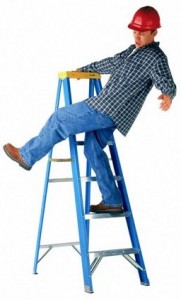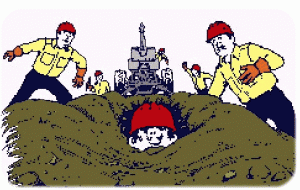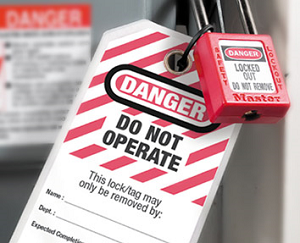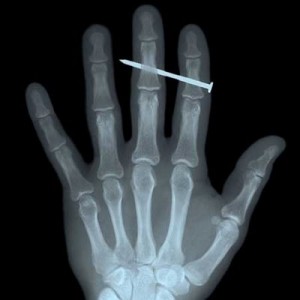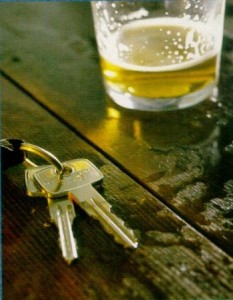 Americans take 233 billion trips in cars each year. Of those, about one out of every two thousand trips are taken by those who are driving under the influence of alcohol. Yet, almost one out of every three traffic deaths involve drunk driving.
Americans take 233 billion trips in cars each year. Of those, about one out of every two thousand trips are taken by those who are driving under the influence of alcohol. Yet, almost one out of every three traffic deaths involve drunk driving.
So a proportionally tiny amount of bad behavior is one of the major causes of death and injury on our roadways.
Every 53 minutes on average, someone is killed in a drunk driving crash (9,878 people in total in 2011). Every 90 seconds, someone is injured because of this entirely preventable crime.
About one-third of the drunk driving problem – arrests, crashes, deaths, and injuries – comes from repeat offenders. At any given point we potentially share the roads with 2 million people with three or more drunk driving offenses. Taking away their licenses isn’t enough; 50-75% of them drive anyway. This is why we need to require ignition interlocks for all drunk driving offenders – we can stop these offenders before they repeat their crimes.
Two-thirds of the drunk driving problem comes from people who, before they kill or injure themselves or others, have yet to be arrested. That’s why we need to support law enforcement to help deter drunk drivers through proven solutions like sobriety checkpoints. It’s also why we strongly support research into technology that will eliminate drunk driving.
via MADD – About Drunk Driving.
 Keep the fun on the water coming — whether it’s a fishing boat, a canoe, or a personal watercraft that “floats your boat.”
Keep the fun on the water coming — whether it’s a fishing boat, a canoe, or a personal watercraft that “floats your boat.”


